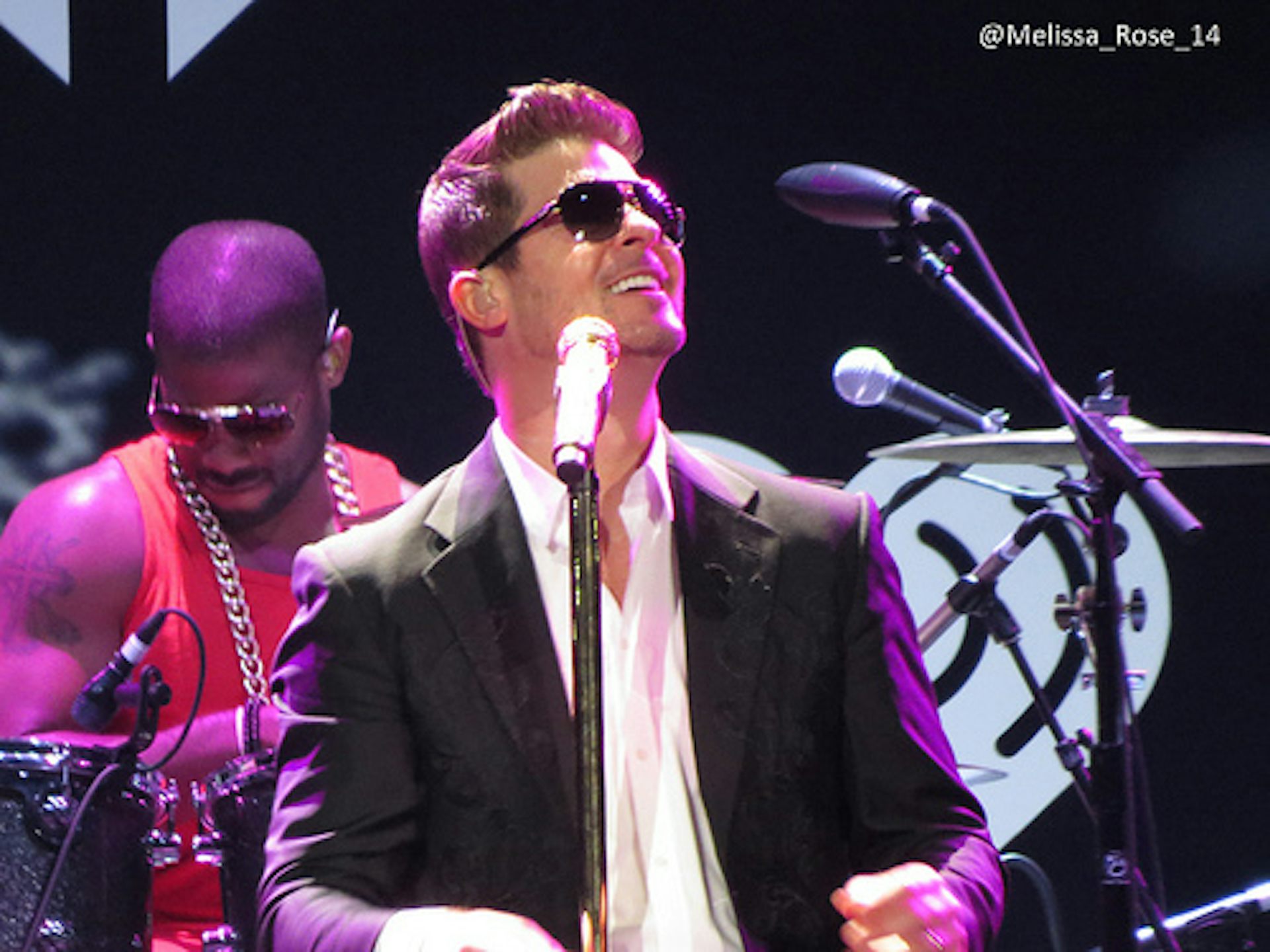Author
Research Fellow, Deakin University
Partners
Deakin University provides funding as a member of The Conversation AU.
The Conversation UK receives funding from these organisations
- Email
- Twitter
- Facebook
- LinkedIn
- WhatsApp
- Messenger
In 1981, MTV was launched with a woman in a tinsel wig being beamed to Earth (well, she actually slid awkwardly down a plastic tube) to join men in shiny suits playing wood-grained synthesisers. The Buggles’ Video Killed the Radio Star was the first clip played on the American channel that made music videos an essential accompaniment to singles released by major label artists.
The Buggles with the first music clip played on MTV.
While The Beatles had merged their songs with film in A Hard Day’s Night in 1964, and various music programmes around the world showcased artists miming songs in the studio, the music video as we know it came of age in the 1980s.
As heart throbs like The Beatles and Elvis showed, it was a boon if a musician also happened to be young and physically attractive. In the MTV age, image became even more crucial to chart success and the music video the key way with which to shape it.
Musicians who could dance, like Michael Jackson and Madonna, who were willing to break normal expectations of clothing and make-up, like Boy George and Cyndi Lauper, and those who simply looked pretty, like Duran Duran, became superstars.
Since 2005, YouTube has gradually eroded the relevance of channels devoted to playing music video clips.
MTV is now a haven for reality television. Many programmes devoted to video clips on commercial networks, such as Channel Ten’s long-running Video Hits, have also been axed. Why wait patiently for a favourite song to appear when almost any music video, past or present, can be called up instantly and repeated at will?
At its core, the ready availability of a treasure chest of musical history is a good thing, especially when most music television put a limited number of contemporary hits on heavy rotation and only selected from a limited canon of classics. Yet the need for clips to “go viral”, rather than achieve widespread airplay on major TV channels, is gradually altering the aims and content of the music video.
Controversial music videos are not new. Madonna’s sexually explicit Justify My Love was banned from MTV in 1990. The ensuing pearl clutching helped the single to spend two weeks at number one in the US in 1991.
The work-safe version of Girls on Film.
With its infamous mud-wrestling scene, Duran Duran’s Girls on Film featured a high quotient of breasts for 1981. MTV forced a heavy edit that removed the clip’s nudity before the channel would air the video.
Yet for the average artist, without the megastar profile of Madonna, an outright ban on a video clip in the MTV age would have guaranteed poor exposure for the song. With some commercial music video programmes sitting within children’s viewing hours, television classifications enforced a limit on sexual or violent content for most artists.
Since the advent of YouTube, which has ushered in a whole range of other methods of sharing video online, “banning” of content does little to restrict its circulation.
 Robin Thicke asked his wife’s permission to dance with near-naked models. MelissaRose14/Flickr
Robin Thicke asked his wife’s permission to dance with near-naked models. MelissaRose14/Flickr
Robin Thicke’s unrated version of the “rapey” Blurred Lines, complete with three topless dancing models in flesh-toned g-strings, was temporarily removed from YouTube in March 2013. It nevertheless was returned, with an age restriction, and has had more than 30 million views. The “clothed” version sits at almost 300 million views.
Explicit or outrageous content is one way to ensure videos are shared. Miley Cyrus’s Wrecking Ball, which shows the former Disney star riding said piece of demolition equipment naked, has enjoyed almost 600 million views.
Justin Timberlake’s Tunnel Vision, which adopts Thicke’s innovative use of topless dancing women, was briefly removed from YouTube. It was quickly reinstated, despite violating YouTube’s prohibitions on nudity, because of exceptions made for “artistic context”. Kanye West’s Bound 2 did not even trouble the site, though it essentially consists of West simulating sex with a topless Kim Kardashian while riding a motorcycle.
It is possible for a music video to go wildly viral because of factors other than sexual explicitness. Psy’s quirky Gangnam Style, with almost 2 billion views, is ready proof there are somewhat indefinable qualities that make a video shareable.
 Psy: the man who briefly popularised the horse-riding dance. Blakespot/Flickr
Psy: the man who briefly popularised the horse-riding dance. Blakespot/Flickr
Yet sex appeal is a reliable way of ensuring attention, controversy, and widespread circulation via social media.
This is not to say music videos haven’t been playing up sex and exposing as much flesh as possible, just like the uncut version of Girls on Film, for decades. However, now that fans largely view music videos online, the television classification guidelines in each country that would once have determined whether a clip was able to be broadcast are increasingly being ignored and transgressed.
When The Rolling Stones performed on the Ed Sullivan Show in 1967, the lyrics to Let’s Spend the Night Together were considered too risqué for any decent American. Mick Jagger was forced to change “night” to “time”, which he delivered with a mocking roll of his eyes in each instance.
Music has always been intimately related to sexuality, and trying to thwart that connection, as did Sullivan, is ultimately ineffective. However, with almost total female nudity becoming more prevalent in recent music videos, it’s hard to imagine what the next strategy to shock and outrage parents could possibly be.